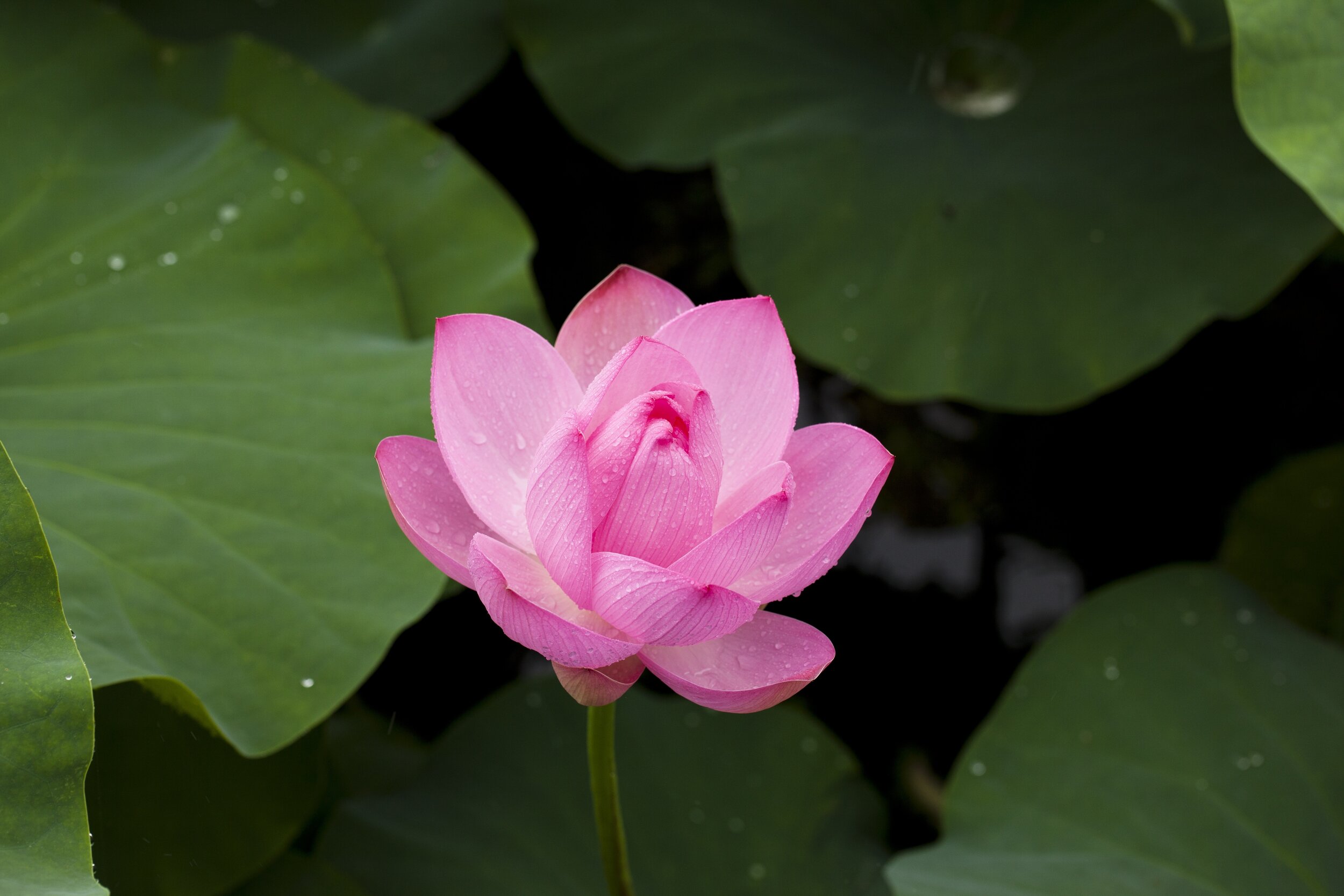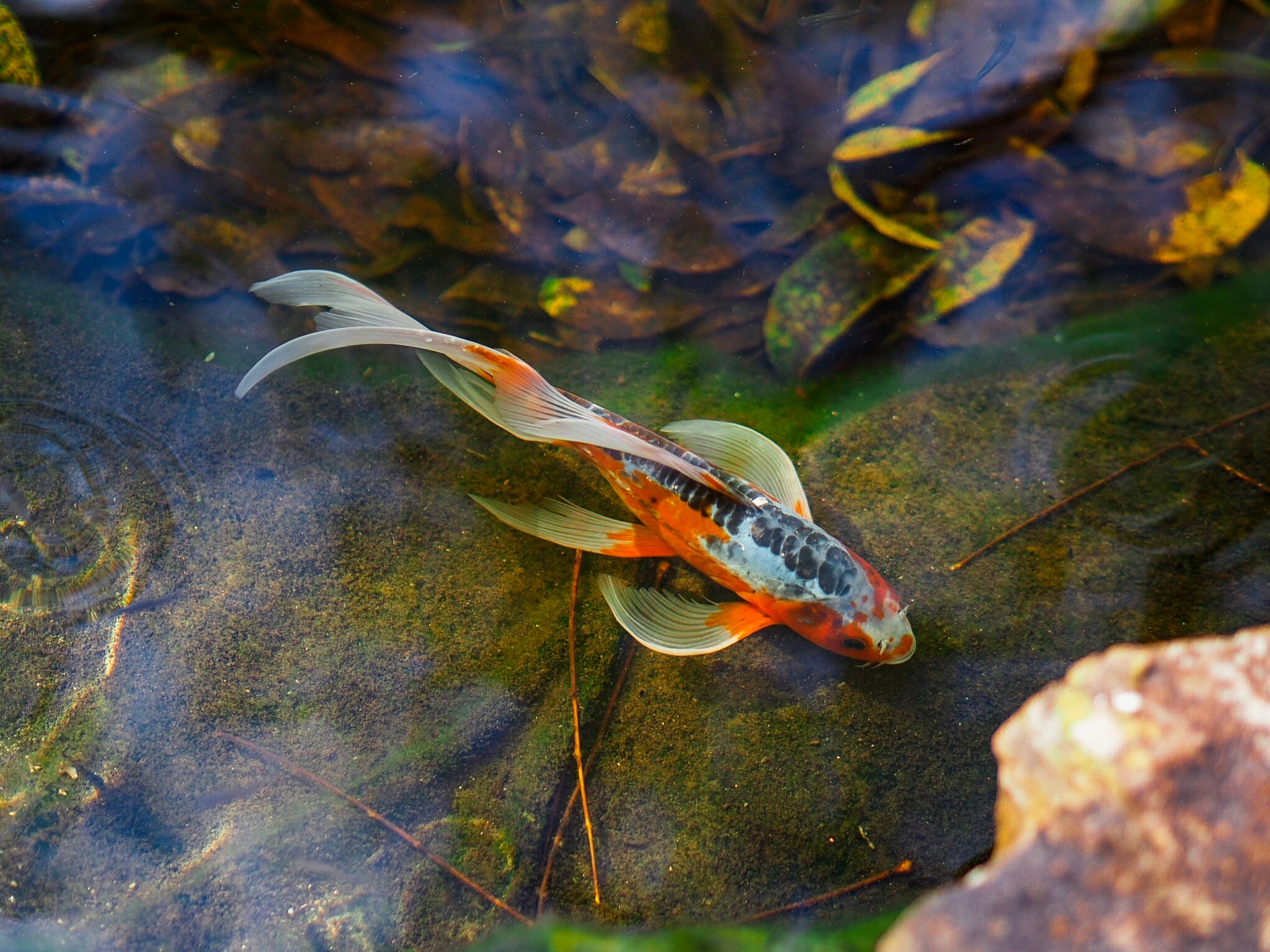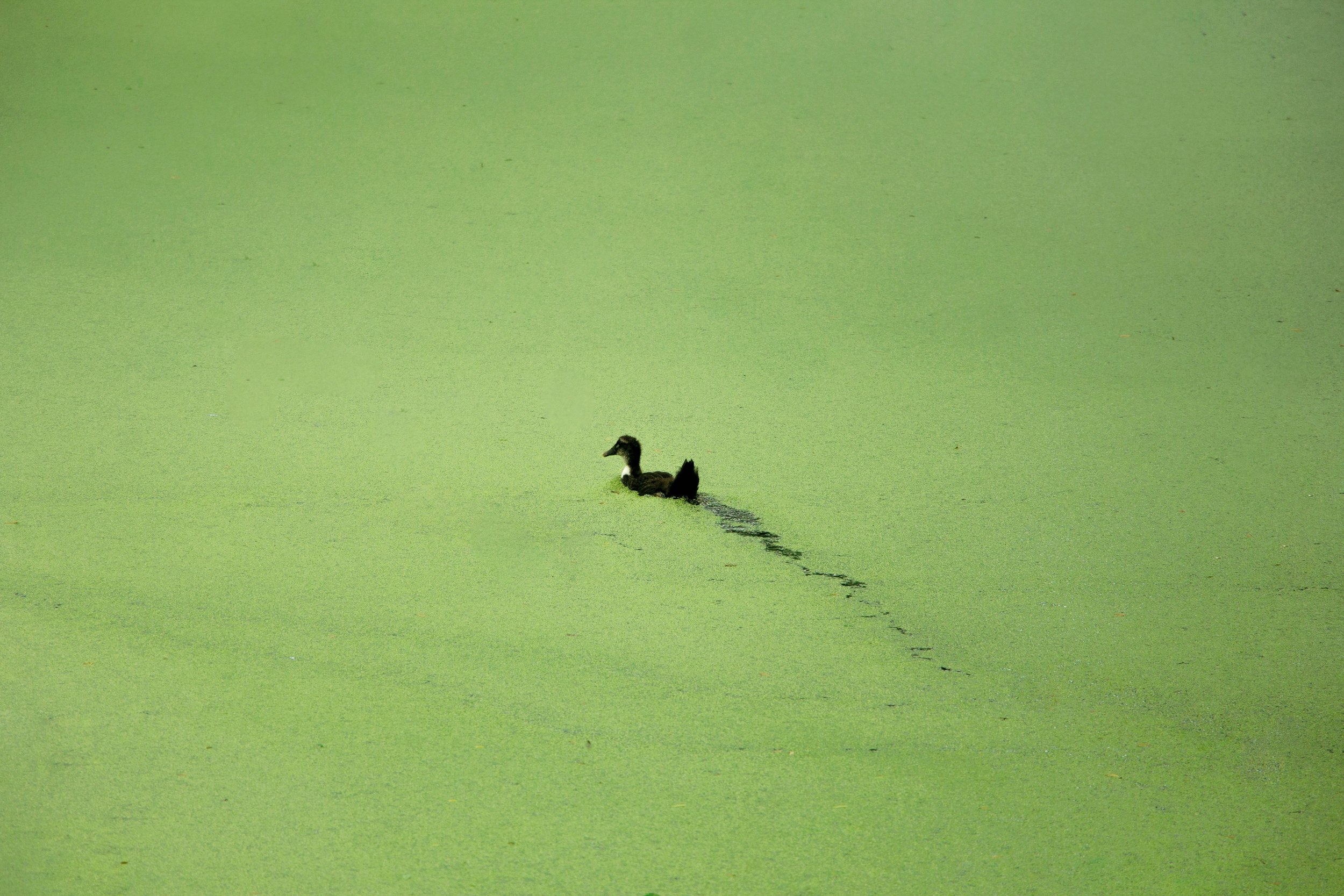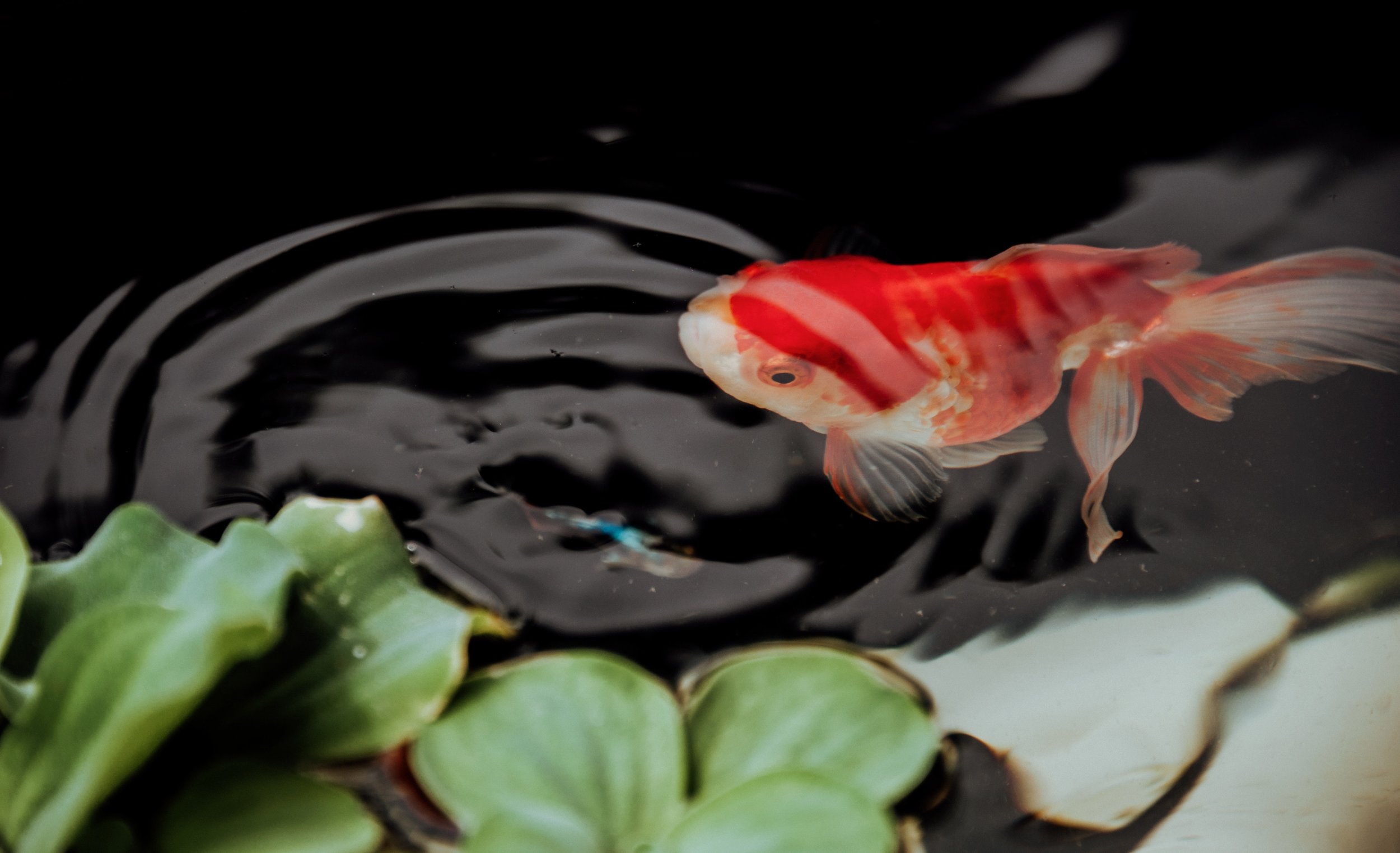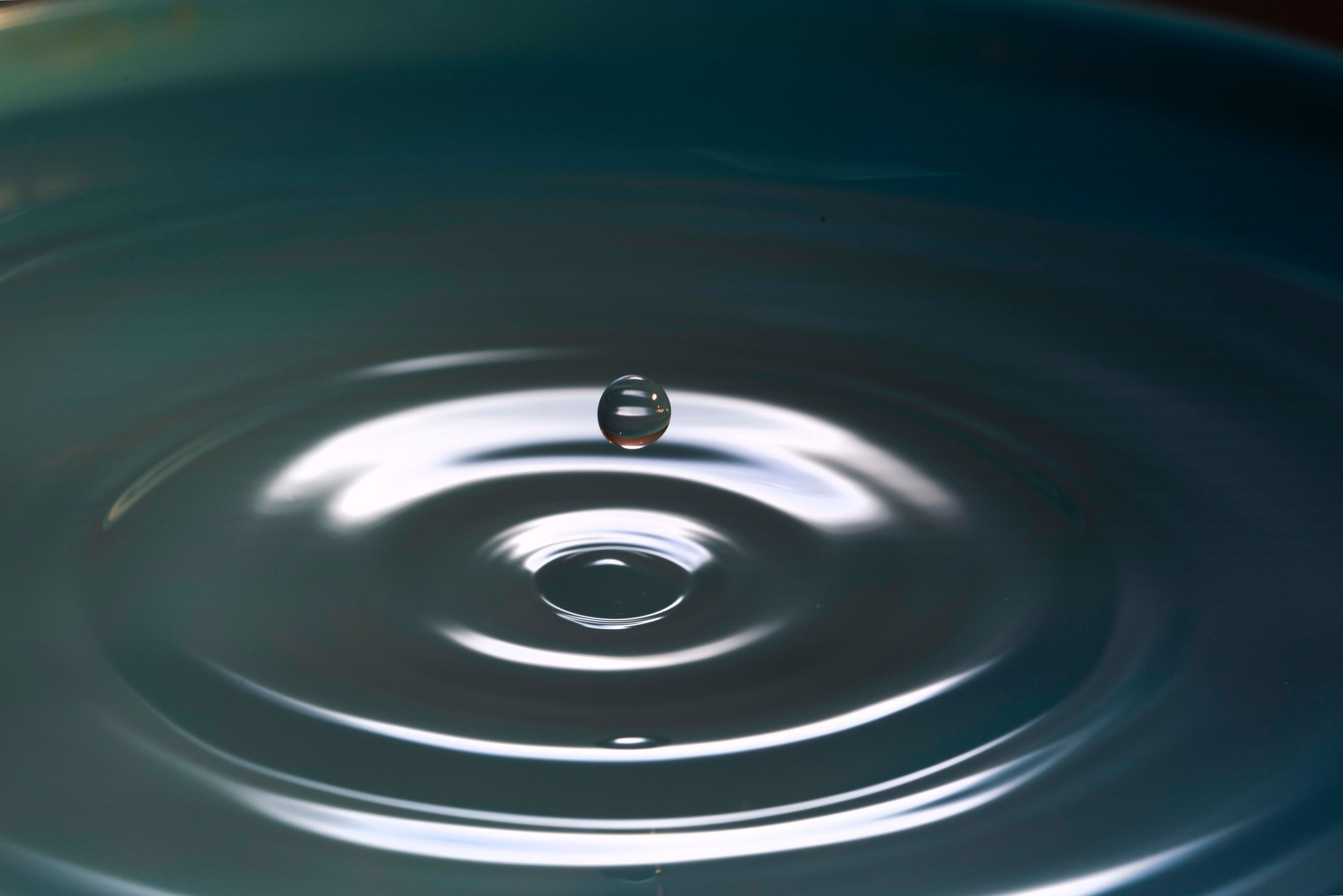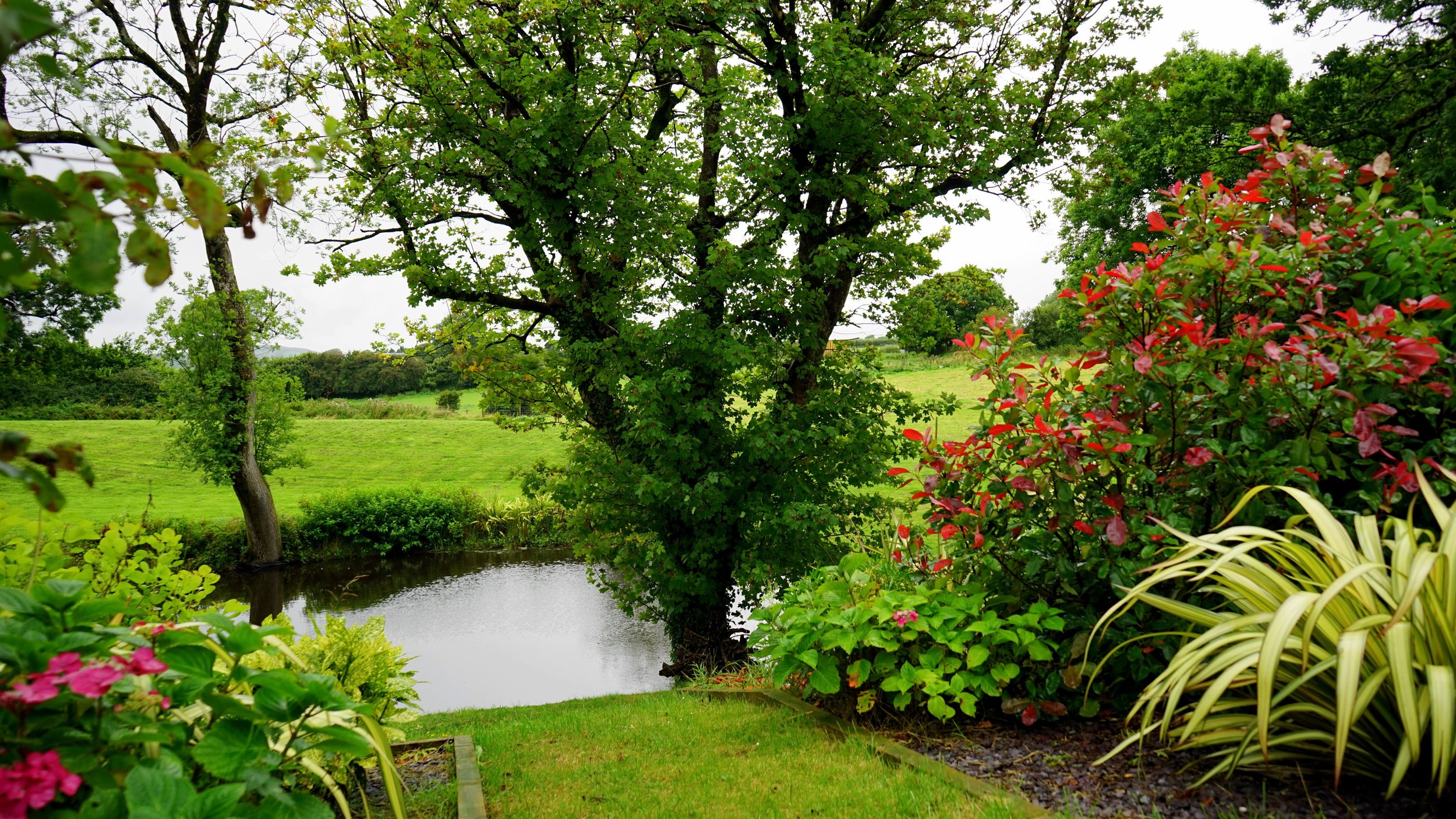“Learning is the only thing the mind never exhaust, never fears, and never regret”
Leo as his friends would call him is regarded as quite the Renaissance Man, of course he was born during The Renaissance so it’s not surprising. Kidding aside, what does Leonardo Da Vinci have to do with ponds in Minneapolis? It’s all about learning, it’s all about doing better. Our goal is for you to fully understand your water feature which will in turn lead to more enjoyment.
It’s not unusual to get a call from a frustrated new homeowner with a question about a water feature they’ve inherited. They are looking for answers and oftentimes do not even know the questions to ask. Can this be handled on the phone? Yes, however being on site to see the water feature and to answer questions is always the best options. Therefore, DIWhy offers evening on site pond consultations.
A pond consultation runs approximately one hour, and we teach homeowners about basics of maintaining the water feature. The consultation will cover filtration, aeration, water plants, fish, biological additives, how to improve the water feature, pest control and so much more. Our goal is to provide everyone with the resources needed to care for their water feature and thus maximize the enjoyment. The cost of a one-hour evening pond consultation is $100, but here is the kick, if there are improvements or repairs needed and you hire DIWhy to resolve these issues DIWhy will take the $100 consultation fee off that price (minimum $400 of work).
DIWhy services the entire metro area of The Twin Cities and The Twin Ports and we have worked on hundreds of water features. Our experience comes from not only working in the field but also through workshops and networking with other pond contractors and pond suppliers and problem solving with some of the best…in the business. We’d like to share this knowledge with you so you can enjoy your pond and the water garden hobby.
“The noblest pleasure is the joy of understanding”
